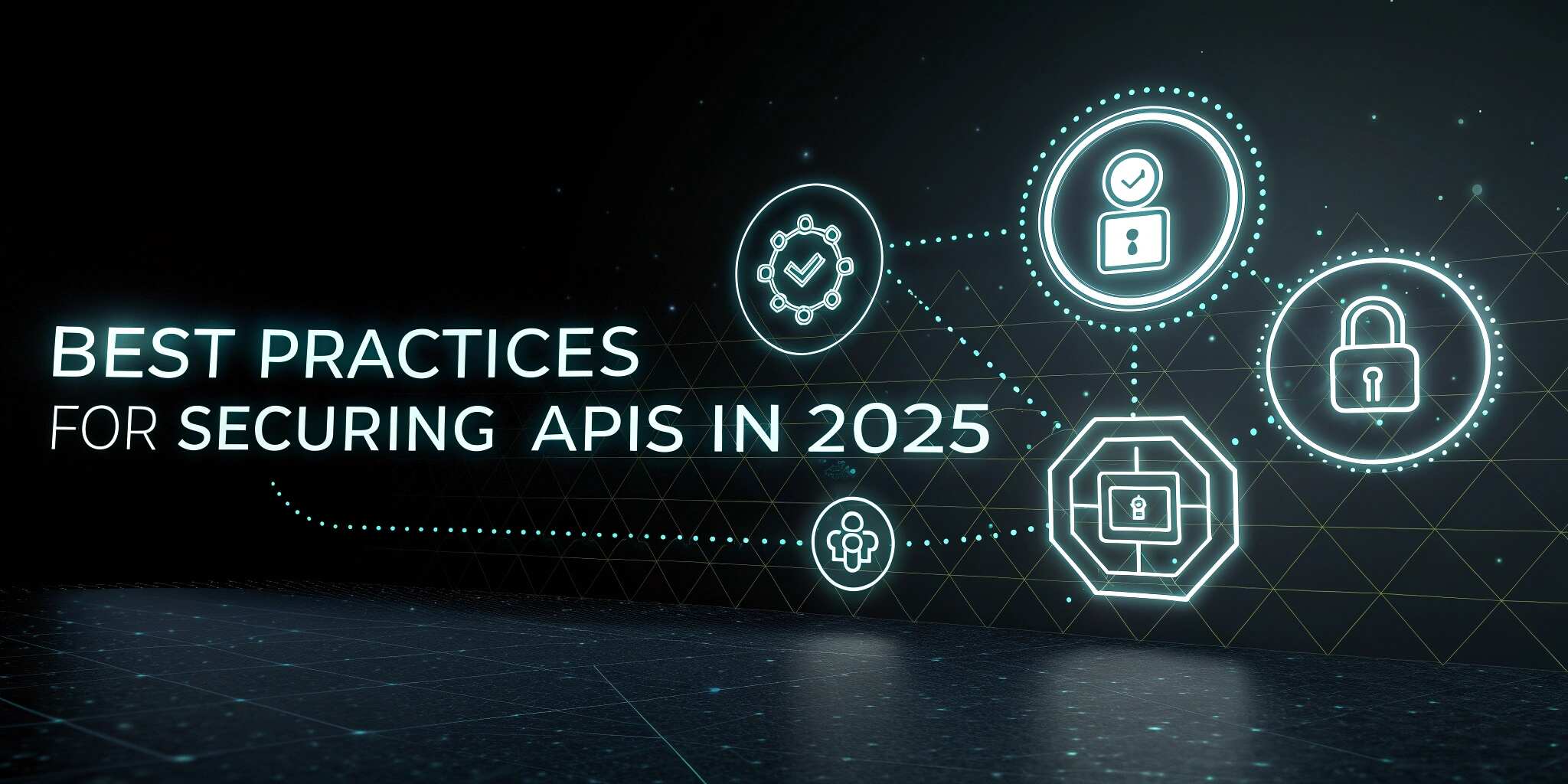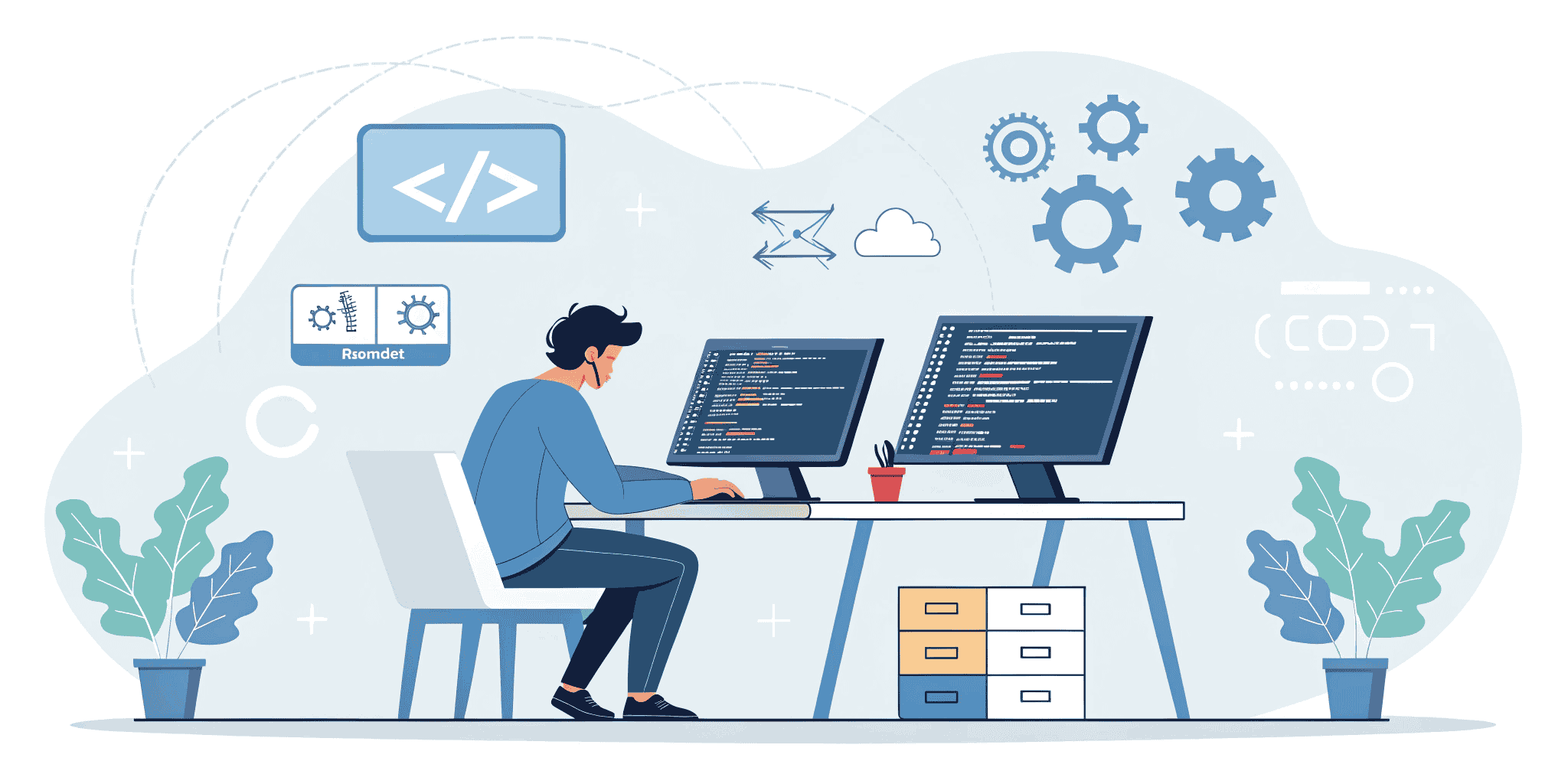In today’s interconnected digital ecosystem, APIs (Application Programming Interfaces) serve as the critical backbone for communication between systems, applications, and services. However, with this interconnectedness comes an increasing risk — APIs are a major target for hackers due to their access to sensitive data and services.
In 2025, ensuring API security has become essential to maintain trust, compliance, and resilience. Businesses must implement strong practices that protect against unauthorized access, data leaks, and sophisticated cyber threats. Let’s explore the key best practices every IT team should follow to secure APIs in this evolving landscape.
1. Adopt a Zero-Trust Security Model
A Zero-Trust approach assumes no entity—internal or external—can be inherently trusted. Every API request must be verified, authenticated, and authorized before granting access.
Implementation steps:
- Enforce mutual TLS (mTLS) for both client and server authentication.
- Continuously verify user and device identities.
- Apply least privilege access principles, granting only minimal necessary permissions.
This layered approach ensures even if one part of the system is compromised, the rest remains secure.
2. Strengthen Authentication and Authorization
APIs should never rely on basic authentication or API keys alone. Instead, use robust and modern frameworks like OAuth 2.0 and OpenID Connect (OIDC).
Best practices include:
- Implement Multi-Factor Authentication (MFA) where applicable.
- Use JWT (JSON Web Tokens) for secure session handling.
- Enforce token expiration and regular key rotation.
- Validate tokens on every API request.
Proper authentication ensures only verified users or applications can interact with APIs.
3. Encrypt Data in Transit and at Rest
Encryption is the cornerstone of API security. Always use TLS 1.3 or higher for encrypting data in transit, ensuring that all communications between APIs and clients remain confidential.
For data stored within systems, apply AES-256 encryption and manage encryption keys securely using platforms like AWS KMS or Azure Key Vault. This prevents exposure of sensitive data even if systems are breached.
4. Implement Rate Limiting and Throttling
Attackers often exploit APIs by sending a flood of requests — a form of Denial-of-Service (DoS) attack. Rate limiting restricts how many requests a client can make within a specific time frame.
Example practices:
- Define per-user or per-IP limits.
- Throttle requests automatically during traffic spikes.
- Block suspicious IPs exhibiting abnormal behavior.
These measures protect system performance and prevent resource exhaustion.
5. Deploy API Gateways for Centralized Security Management
An API Gateway acts as a front door for all API traffic, managing access, authentication, and rate limiting. It helps centralize policy enforcement, traffic control, and analytics.
Modern gateways such as Kong, Apigee, or AWS API Gateway offer built-in tools to detect anomalies, block attacks, and enforce encryption.
Advantages include:
- Simplified logging and monitoring.
- Centralized security policy enforcement.
- Improved scalability and performance.
6. Validate All Inputs and Sanitize Outputs
One of the most common vulnerabilities in APIs is injection attacks, such as SQL or script injection. Always validate all incoming data to ensure it matches expected formats, lengths, and data types.
Recommendations:
- Use schema validation (JSON Schema) to verify requests.
- Sanitize outputs to prevent data leakage.
- Reject any malformed or unexpected inputs immediately.
Proper input validation mitigates many critical attack vectors.
7. Continuous Monitoring and Logging
Comprehensive API monitoring helps detect suspicious activity and anomalies early. Log every request and response, including user details, IP addresses, and error codes.
Integrate monitoring with SIEM (Security Information and Event Management) systems like Splunk or Azure Sentinel to gain real-time threat visibility.
Regular security audits and penetration testing further strengthen API resilience against new attack patterns.
8. Apply Secure Development and Testing Practices
Security begins at the coding stage. Adopting a DevSecOps approach ensures that security checks are embedded throughout the development cycle.
Best practices include:
- Use automated SAST and DAST tools for code scanning.
- Incorporate API fuzz testing to uncover hidden vulnerabilities.
- Train developers on OWASP API Security Top 10 threats.
Embedding security early reduces risks and saves time and cost in the long run.
9. Manage API Versions and Deprecation
Old or unused API versions often pose serious security risks. Maintain version control and phase out deprecated endpoints responsibly.
Always communicate version updates clearly to developers, and decommission outdated APIs after a set transition period.
10. Regularly Review and Update Security Policies
Cyber threats evolve rapidly, and security practices must evolve with them. Conduct quarterly policy reviews, update configurations, and ensure compliance with current standards like NIST and OWASP.
Organizations that treat API security as an ongoing process, not a one-time setup, are better positioned to defend against future threats.
Conclusion
APIs are at the heart of digital innovation, but they also represent a growing attack surface. In 2025, businesses must move beyond traditional defenses and embrace multi-layered API security strategies that include authentication, encryption, rate limiting, and continuous monitoring.
By embedding security into every stage of the API lifecycle and fostering a proactive security culture, organizations can safeguard their systems, data, and user trust — ensuring that innovation continues securely.


